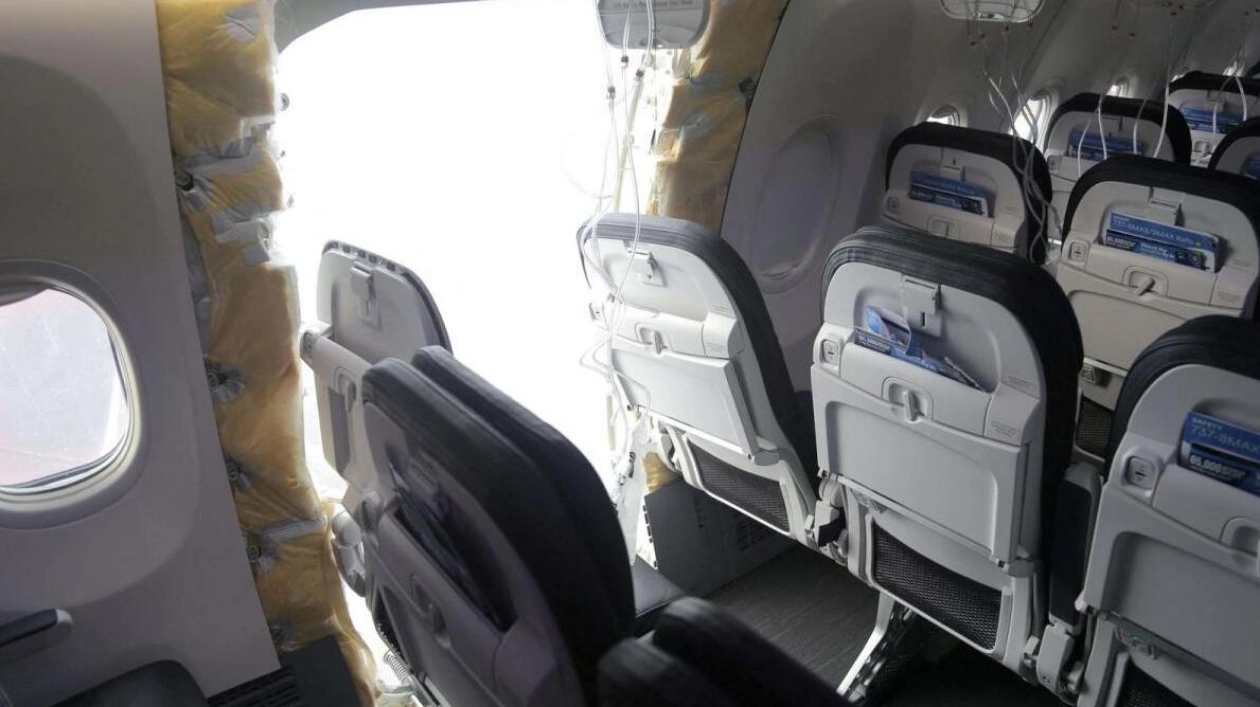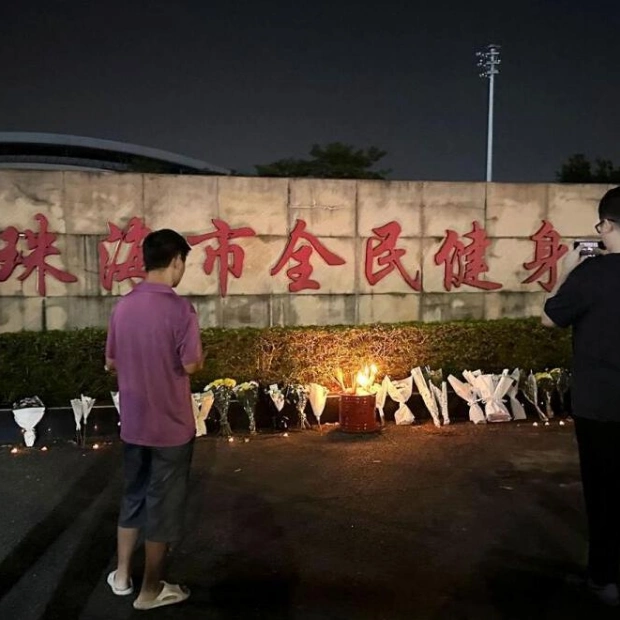On Tuesday, Boeing announced plans to implement design changes to prevent future mid-air cabin panel blowouts, similar to the incident that occurred on an Alaska Airlines 737 MAX 9 flight in January, marking the company's second major crisis in recent years.
Elizabeth Lund, Boeing's senior vice president for quality, stated that the company is developing these design modifications with the aim of rolling them out within the year and subsequently applying them across the entire fleet. Investigators have identified that the Alaska MAX 9's plug was missing four crucial bolts.
Lund explained during the first day of a two-day National Transportation Safety Board (NTSB) investigative hearing in Washington that the new designs will ensure the door plug cannot be closed if there are any issues until it is securely fastened. This follows questions about why Boeing did not employ a warning system for door plugs, similar to those used on regular doors that alert if the door is not fully secured.
The incident severely tarnished Boeing's reputation, leading to a two-week grounding of the MAX 9, a ban on expanding production by the FAA, a criminal investigation, and the resignation of several key executives. Boeing has committed to significant quality improvements.
The NTSB also released 3,800 pages of factual reports and interviews from the ongoing investigation. Boeing has confirmed that there is no documentation of the removal of the four missing bolts. Lund mentioned that Boeing has now affixed a bright blue and yellow sign on the door plug at the factory, stating "Do not open" in large letters, adding a redundancy to prevent accidental opening.
A flight attendant recounted a terrifying moment when the door plug blew out, describing a loud bang and a rush of air, followed by the deployment of oxygen masks and the suction of the galley curtain towards the cabin.
Lund and Doug Ackerman, vice president of supplier quality for Boeing, are testifying during the 20-hour hearings over two days. Ackerman noted that Boeing has 1,200 active suppliers for its commercial airplanes and 200 supplier quality auditors. Lund revealed that Boeing is currently producing around 20 MAX aircraft per month, significantly fewer than the 38 per month it is permitted to produce.
Terry George, senior vice president and general manager for Boeing Program at Spirit AeroSystems, and Scott Grabon, a senior director for 737 quality at Spirit, which manufactures the fuselage for the MAX, also provided testimony. Last month, Boeing agreed to repurchase Spirit AeroSystems, which it had spun off in 2005, for $4.7 billion in stock.
The hearing is examining various issues including 737 manufacturing and inspections, safety and quality management systems, FAA oversight, and concerns related to the opening and closing of the door plug. FAA Administrator Mike Whitaker acknowledged in June that the agency was "too hands off" in its oversight of Boeing prior to January.
Jonathan Arnold, an Aviation Safety Inspector at the FAA, highlighted a systemic issue at Boeing's factory where employees often did not follow instructions, particularly regarding tool control. Lund admitted that every 737 fuselage delivered to Boeing before the January accident had defects, emphasizing the importance of managing these defects effectively.
NTSB chair Jennifer Homendy expressed frustration with Boeing, urging the company to clarify its policies before the incident. The interviews also touched on the factory culture, which has faced scrutiny in congressional hearings, with whistleblowers alleging retaliation against employees raising safety concerns.
Boeing executive Carole Murray detailed various issues with fuselages from Spirit AeroSystems leading up to the accident, including defects in sealant and multiple escapements around the window frame and skin. Michelle Delgado, a structures mechanic who worked on the Alaska MAX 9 aircraft, described the heavy workload and long hours required to manage the workload.
In June, the NTSB criticized Boeing for violating investigation rules when Lund shared non-public information with the media and speculated on possible causes. Last month, Boeing agreed to plead guilty to a criminal fraud conspiracy charge and pay a fine of at least $243.6 million to resolve a Justice Department investigation into two 737 MAX fatal crashes.






